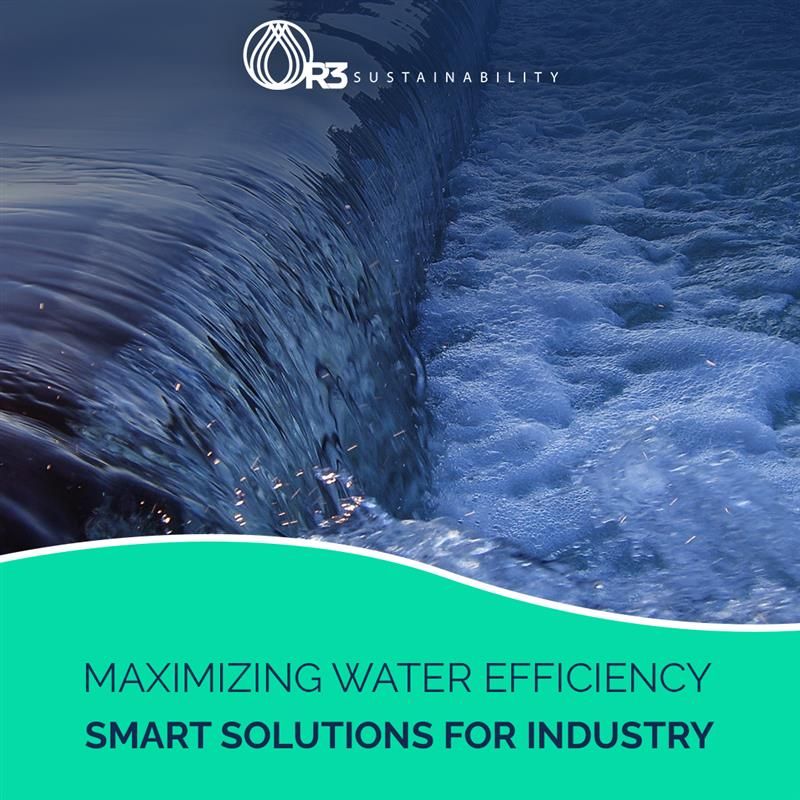
Industrial water treatment is a critical process for facilities aiming to ensure consistent water quality, minimize operational disruptions, comply with environmental regulations, and optimize costs. The right water treatment systems can safeguard your equipment, improve productivity, and protect the environment. With so many options available, selecting the right system may seem overwhelming. This blog will help you navigate the process step-by-step.
1. Understand Your Water Needs
The first step is to assess your facility’s water requirements. This involves understanding both the quality and quantity of water needed for your processes. Key considerations include:
-
Source of water: Is your water sourced from municipal supplies, ground wells, rivers, or other sources? Each source may contain different impurities.
-
Usage: Analyze how water is used in your facility—whether for manufacturing, cooling, cleaning, or other processes.
-
Discharge requirements: Identify regulations around wastewater discharge in your area to ensure compliance.
Conducting a thorough water analysis to measure factors like pH, hardness, dissolved solids, and contaminants is also essential. This baseline data will serve as the foundation for selecting a suitable system.
2. Define Your Treatment Goals
Different facilities have unique water treatment challenges. Clearly defining your goals will help narrow down your options. Some common objectives include:
-
Removing specific contaminants: For example, you may need to filter out heavy metals, organic matter, or microbial organisms.
-
Preventing scaling and corrosion: These issues can damage machinery and pipes, leading to costly repairs.
-
Softening water: Facilities in hard water areas may require systems that reduce calcium and magnesium ions.
-
Recovering water: Reducing water waste and recycling wastewater can lower costs and environmental impact.
-
Reducing chemical use: Minimizing chemicals like chlorine may be a priority for safety or sustainability reasons.
Identifying which of these factors apply to your facility will make it easier to choose the right system.
3. Explore Treatment Options
There are several types of industrial water treatment systems, each designed to address specific issues. Here’s a brief overview of some common options:
-
Filtration Systems: Effective for removing sediment, particulate matter, and some dissolved solids. Common technologies include sand filters, carbon filters, and membrane filters.
-
Reverse Osmosis (RO) Systems: Highly effective for desalination and removing impurities like salts, bacteria, and heavy metals. Ideal for facilities requiring high-purity water.
-
Water Softeners: Use ion exchange to reduce water hardness, preventing scaling in pipes and equipment.
-
Deionization (DI) Systems: Remove mineral ions from water, often used in pharmaceutical or electronics industries requiring ultra-pure water.
-
Chemical Treatment Systems: Add chemicals to control pH, prevent scaling, or kill bacteria. Common in cooling towers and boilers.
-
UV Disinfection Systems: Use ultraviolet light to kill bacteria and viruses without chemicals.
-
Wastewater Treatment Systems: Include technologies like biological treatment, sludge dewatering, and effluent polishing to meet environmental discharge standards.
Each type has specific strengths and limitations, so matching the system to your treatment goals is crucial.
4. Consider Capacity and Scalability
Your chosen system must handle your facility’s current water demands while allowing room for future growth. Overloading a system beyond its capacity can lead to inefficiency and damage. When evaluating systems, consider:
-
Flow rates: Ensure the system can process water at the required speed.
-
Volume: Check whether the system can manage daily water usage without interruptions.
-
Scalability: Look for modular or expandable systems if your facility is expected to grow.
5. Evaluate Costs
Cost is a key factor, but it’s important to look beyond initial capital expenses. Consider:
-
Operational costs: Include energy usage, chemical consumption, and maintenance.
-
Longevity: A system with a higher upfront cost may save money in the long run due to durability and efficiency.
-
Return on investment (ROI): Look for systems that offer measurable savings, such as reduced water or energy usage.
Make sure to set a realistic budget and weigh the trade-offs between cost and performance.
6. Assess Vendor Expertise
Choosing a reliable vendor or manufacturer is just as important as selecting the system itself. A reputable vendor can provide technical support, training, and after-sales service. When evaluating vendors, ask:
-
Do they offer customized solutions for your industry?
-
Can they provide case studies or references?
-
What kind of support and warranty do they offer?
-
Are their products compliant with relevant standards and regulations?
7. Prioritize Sustainability
Sustainability is becoming a top priority for industrial facilities. Consider environmentally friendly treatment systems that reduce water waste, energy consumption, or reliance on harmful chemicals. Sustainable solutions not only benefit the planet but can also enhance your facility’s reputation and compliance with environmental laws.
Final Thoughts
Choosing the right industrial water treatment system is a complex decision that requires careful analysis of your facility’s needs, treatment goals, budget, and regulatory requirements. By taking a systematic approach, you can ensure a solution that delivers consistent performance, reduces costs, and aligns with your sustainability goals. Partnering with an experienced vendor and staying proactive with system maintenance will further maximize your investment.
Investing in the right water treatment system is not just about meeting immediate operational needs—it’s about building resilience for the future. Happy decision-making!